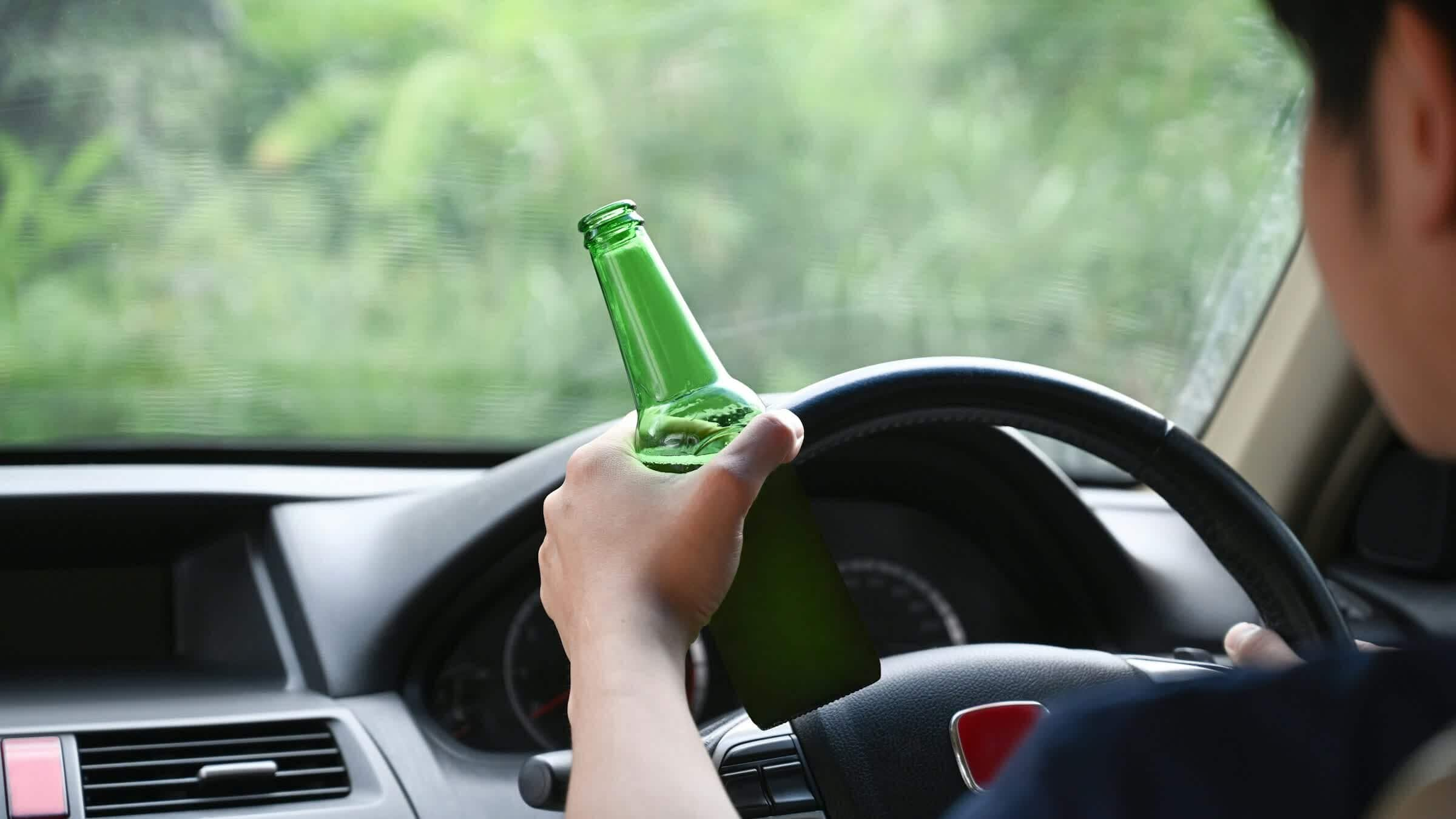
Can cameras spot drunk drivers? New AI system shows promise
What's the story
Researchers at Edith Cowan University in Australia have pioneered a new technology that uses camera footage to identify alcohol impairment in drivers. The team has engineered an in-vehicle machine learning system that employs standard commercial RGB cameras to predict critical levels of blood alcohol concentration. This innovative system was detailed in a paper published earlier this year.
Experiment
Technology tested on volunteers in driving simulator
The system was put to the test using 60 volunteers and an indoor driving simulator, with each participant driving under varying levels of inebriation: sober, low, and severe. The machine learning system studied facial characteristics such as gaze direction and head position. It identified low levels of alcohol impairment 75% of the time.
Prevention
Camera-based tech offers early detection of drunk driving
Unlike traditional methods that rely on factors such as pedal usage, steering patterns, and vehicle speeds to identify driver impairment, this camera-based technology can detect if a driver is drunk as soon as they enter the vehicle. This early detection could potentially prevent the vehicle from starting, thereby stopping impaired drivers from hitting the road. "Our system has the capability to identify intoxication levels at the beginning of a drive," said Ensiyeh Keshtkaran, who contributed to the research.
Progress
Future applications and improvements of the technology
The next phase for the researchers is to determine the image resolution required to utilize the algorithm. According to Edith Cowan University's Syed Zulqarnain Gilani, if low-resolution videos are proven sufficient, this technology could be implemented by surveillance cameras installed on roadsides, enabling authorities to better identify drunk drivers. The system can also incorporate 3D and infrared footage of a driver's face, rearview camera videos showing their posture, steering interactions, and screen recordings of driving behavior into its analysis.